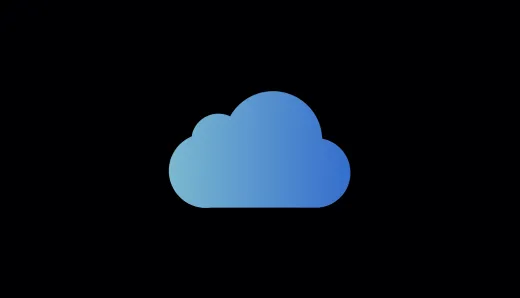Boeing Starliner Finally Takes Flight, Ushering in New Era of Human Spaceflight

Successful Launch Paves Way for Enhanced Digital and User Experience
Historic Liftoff After Years of Delays: After two scrubbed launch attempts and years of delays, Boeing's Starliner spacecraft finally took to the skies on June 5, embarking on its long-awaited Crew Flight Test (CFT) mission. The Atlas V rocket carrying the Starliner lifted off from Cape Canaveral Space Force Station at 10:52 a.m. EDT, with NASA astronauts Barry "Butch" Wilmore and Suni Williams aboard.
The successful launch marks a significant milestone for Boeing and NASA's Commercial Crew Program, which aims to provide reliable and cost-effective transportation services to and from the International Space Station (ISS).
Overcoming Hurdles, Enhancing User Experience
The journey to this historic launch has been fraught with challenges and setbacks for Boeing. Technical issues, including a helium leak and a countdown computer glitch, caused multiple delays and scrubs, costing the company over $1 billion.
However, the successful CFT mission represents a triumph of perseverance and innovation, paving the way for a new era of human spaceflight and an enhanced user experience for astronauts and space enthusiasts alike.
Redefining Digital and Customer Experience
The Starliner's advanced technology and cutting-edge design promise to redefine the digital and customer experience in space exploration. With its state-of-the-art systems and sleek interior, the spacecraft offers a comfortable and efficient environment for astronauts during their missions.
Moreover, the successful launch and docking of the Starliner with the ISS will enable NASA to provide a seamless and reliable transportation service for its astronauts, enhancing the overall user experience and ensuring a consistent and efficient flow of operations.
Implications for Future Space Exploration
The CFT mission's success is not only a triumph for Boeing and NASA but also a significant step forward for the entire space industry. It demonstrates the viability of public-private partnerships in space exploration and sets the stage for future endeavors, such as deep space missions and potential crewed missions to the Moon and Mars.
As humanity continues to push the boundaries of space exploration, the Starliner's successful launch serves as a reminder of the importance of resilience, innovation, and a relentless pursuit of enhancing the digital and user experience in this ever-evolving field.
Conclusion
With the Boeing Starliner finally taking flight, a new chapter in human spaceflight has begun. The successful CFT mission represents a triumph of perseverance and a testament to the power of collaboration between private industry and government agencies. As we look to the future, the Starliner's advanced technology and innovative design promise to redefine the digital and user experience in space exploration, paving the way for even greater achievements in the years to come.




